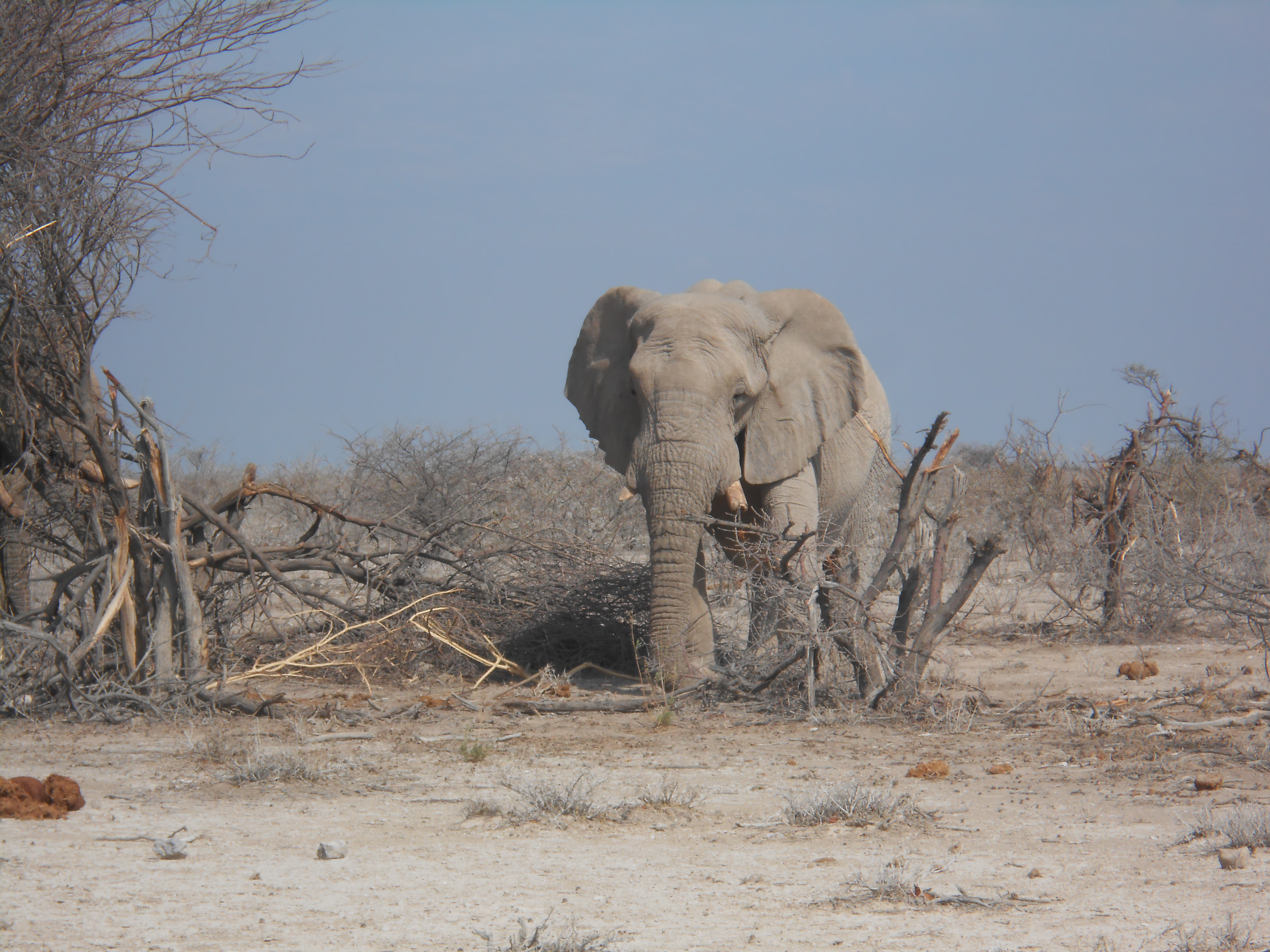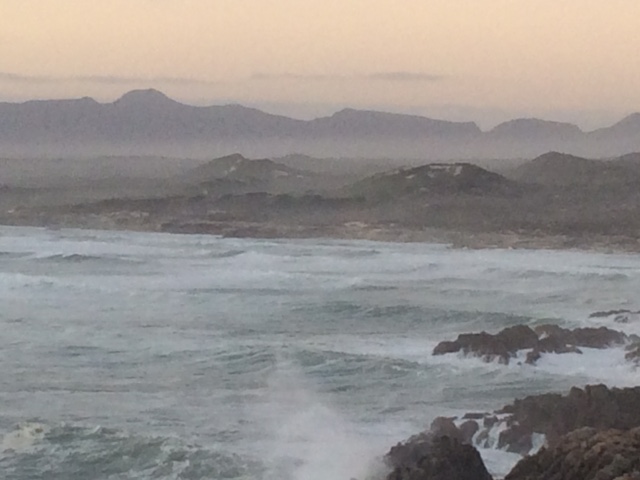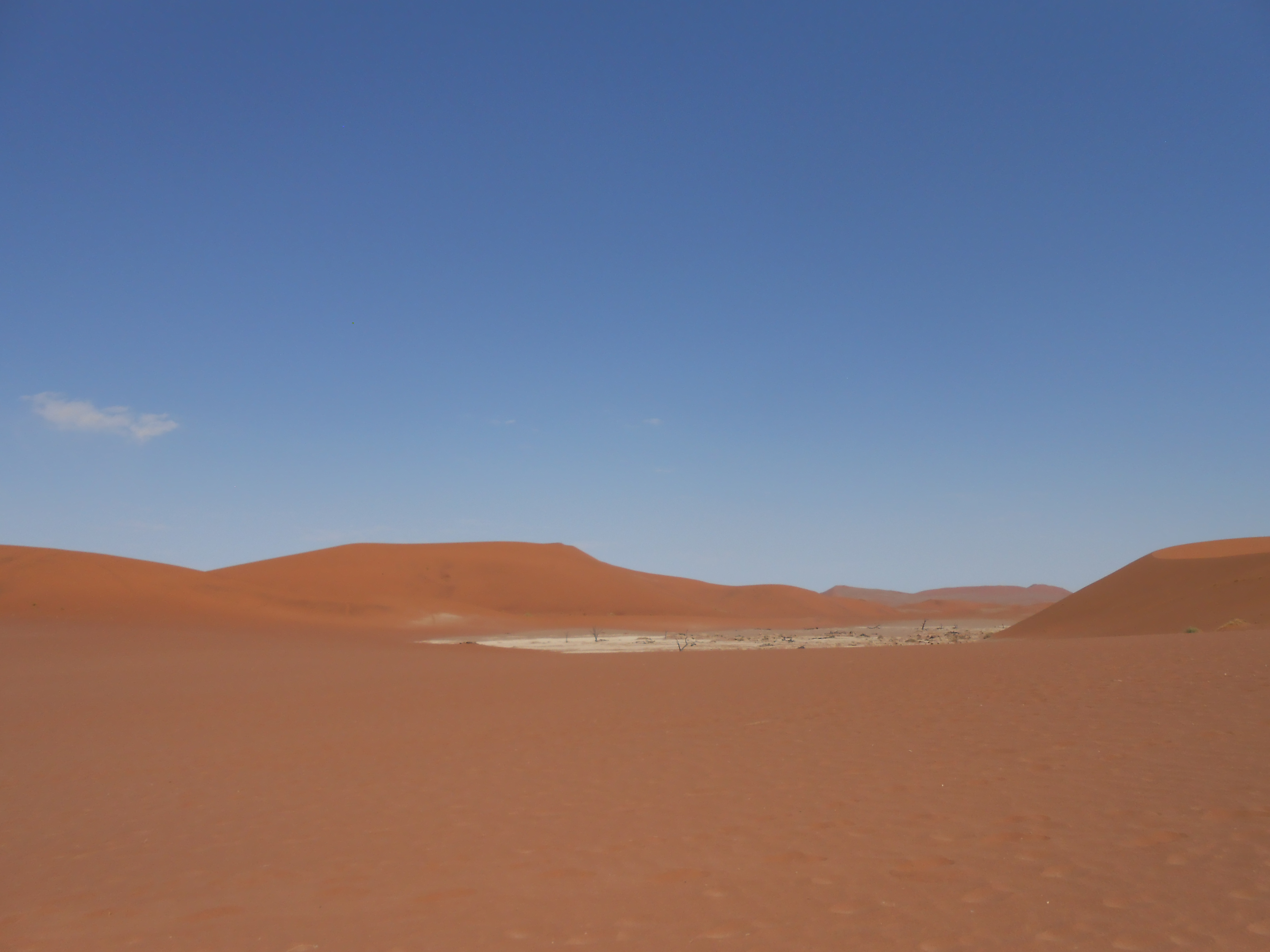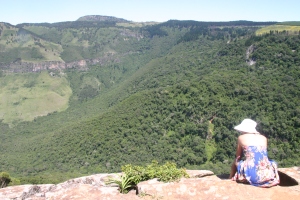
What is touch? What are the various ways that I can experience touch? These are the questions I’m reflecting on in this period of social distancing and being in lock-down on my own. What I’m missing the most is being able to touch another human body and being touched in return. Be it a handshake, shoulder brush, gentle touch on the arm or a hug. It has been more than a month since I’ve been in physical contact with another body, even a pet (dog or cat) that I could stroke to get that felt sense of another breathing being. Communication around the coronavirus has made touch a very “risky” act.
During my reflection I realised that my underlying assumptions of what it meant to touch and be touched was limited. I was holding on to a specific way and in doing that I closed down possibilities for myself to be touched by life. So, how do I view touch now? Touch is a meeting point. A place and space where two organisms connect, even if it is for a brief second. In that connection the energy of both are in contact and through the interaction a new energy is brought forth leaving both changed (consciously or unconsciously).
With this broader perspective in mind and knowing that only I can change how missing touch impacted me, I started to open myself up to other ways of experiencing the felt sense of touch. I started to realise that throughout my daily chores I’m being touched and am touching. Every moment provides a meeting point with life. Every moment is an opportunity be touched and transformed by life. However, the choice is ours to show up to the meeting and be present in the moment.
I started to feel the nurturing sensation of touch as the water streamed down on my skin when I showered. I played with putting my attention on the various parts of my body where the water touches my skin. Really sensing into the meeting point of the waterdrop – its warmth, texture and soft energy. I became aware how the touch of water running from the tap in the bathroom basin differ from the tap in the kitchen basin on my hands. The temperature of the water also creates different sensations.
The practice became being present in every moment – presence in practice. Allowing presence to do rather than disconnecting and getting lost in thoughts. As I was rubbing cream in my body I realised I can do this from an autopilot way or I can be in my hands as it touches the various parts of my body. I can give myself permission to feel how it feels to touch every part of my body. To touch and be touched by me and the presence that lives inside me. Realising that in touching myself two entities are present. It is not just me – I’m not alone. As my physical body is touching, the deeper part of me (call it spirit, soul, presence, consciousness, God within, Chi, life force, etc.) witness the touching and are in the touch.
I started to explore touch more from the viewpoint that all in life is connected and everything has energy. I became aware how touching the apple and cutting it in pieces can be an intimate process. How in being present to the act of peeling the sweet potato, I’m simultaneously peeling layers deep inside of me. Through the process of chopping the onion, it forms tears as its energy touch my eyes. In eating my breakfast oats, it fills my whole body with warmth.
In opening up to nature I allowed it to feed all of me. The various tones of the birds sinning touches my ears in different ways. I became aware how the sound of their wings flapping touches a specific area in my heart, that fly away with them as the sound softens that meeting place. The colours of the flowers, trees and plants outside my window touch my eyes. The breeze blowing through the window tinkle my lips. All around me abundance of touch. From the texture of clothes and duvet cover on my skin; the holding of the hairdryer and feeling the hot air drying my hair; the pen in my hand as I’m writing; the damp touch of the clothes as I hang them out; to the broomstick in my hand as I’m sweeping.
Realising more and more that every moment I have a choice to keep on practicing opening up to life in the moment. To let go of the assumptions of how I want touch to be. To not to putt conditions on it and thereby limiting my experience of being touched or radiating touch to others. Also, becoming aware of the deeper underlying fears that feed the yearning to be touched. Do I still exist if I’m not touched? Am I still loved if I’m not touched?
Then I remind myself that like a mother gorilla touches her baby in order for the baby to get a felt sense of its body. I need to learn to do that to myself and allow life to touch me. Only in taking up the responsibility will I be able to receive, give and in the process be transformed by life as it touches me in the meeting point of the moment. Learning that when I’m present in the moment all my needs are lovingly met. Life exist through me and I am touch.








